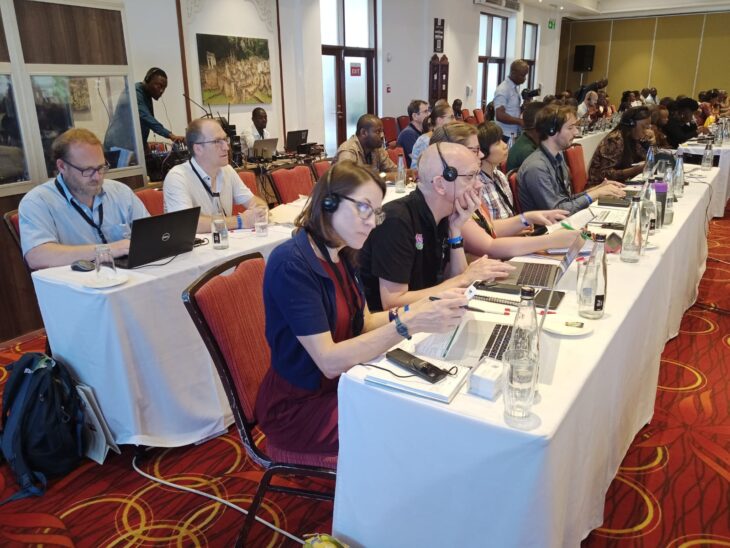Agricultural production loss due to the African tsetse and Trypanosomiasis also known as ‘sleeping sickness’ in Sub-Saharan Africa amounts to a whopping 5 billion dollars annually.
The revelation was made during the ongoing 36th General Conference of the International Scientific Council for Trypanosomiasis Research and Control (ISCTRC) hosted in Mombasa.
More than 300 participants from across the world are expected to deliberate on how best to control the disease and spread of tsetse flies across 38 African countries, among them Kenya.
African Union InterAfrican Bureau for Animal Resources (AU-IBAR) Director Dr. Hyam Ahmed Mohammed Elamin Salih on Monday said there was a chance to eliminate tsetse and the disease in the continent, by working together.
“Trypanosomiasis remains a formidable obstacle to sustainable agriculture, rural development and public health in numerous countries in Africa,” the AU-IBAR director said.
She added that, “this enduring challenge is attributed to various factors, the main one being low investments by both the public and private sectors in research and control of tsetse and trypanosomiasis.”
“The good news is that there is strong political commitment by AU Heads of States and Government as reflected in their endorsement of the Pan African Tsetse and Trypanosomiasis Eradication Campaign (PATTEC) initiative in Lomé Togo in 2000.”
The disease claims 50,000 lives annually, within Africa and covers over 10 million square kilometers in 38 countries, with 1000 human cases reported in 2022.
It puts around 50 million cattle at risk, with 35 million trypanocide doses used and 3 million cattle deaths reported annually.
The resulting agricultural production loss is estimated at a staggering US$ 5 billion per year.
The ISCTRC Conference serves as a platform for knowledge exchange on tsetse, human, and animal trypanosomiasis, and aims to review existing control strategies while suggesting appropriate research and control approaches.
The conference anticipates several positive outcomes, including disseminating critical information on trypanosomiasis, strengthening networks among researchers and control workers, offering recommendations for research and control activities for the next two years, enhancing capacity for research and control, and elevating the visibility and recognition of Kenya’s role in combating this disease.
This vital meeting, held biennially, plays a pivotal role in improving tsetse and trypanosomiasis control, particularly in rural communities where the impact is most severe.
The conference will also see recommendations adopted by the Council to guide research and control efforts for the next two years.
Organized under the auspices of the ISCTRC in partnership with the Ministry of Agriculture and Livestock Development of Kenya, the event underscores the collective commitment to eliminate trypanosomiasis and its devastating impact on Africa’s people and livestock.
Want to send us a story? Contact Shahidi News Tel: +254115512797 (Mobile & WhatsApp)


